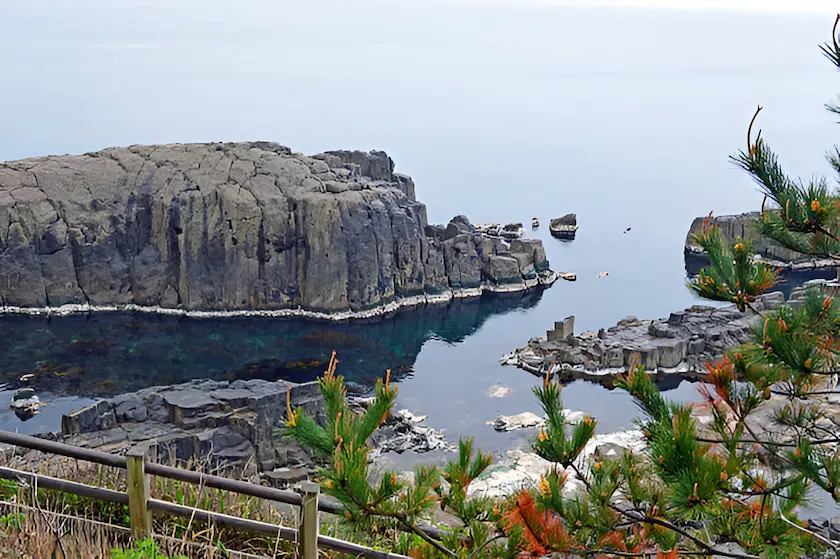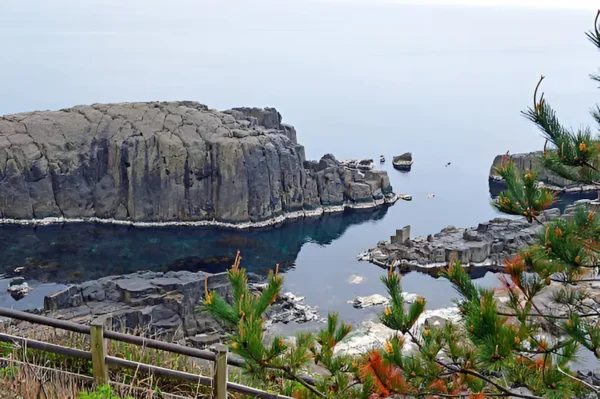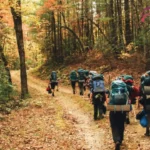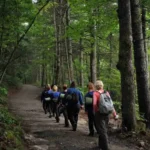Discovering sea glass along the rugged shores of Acadia National Park is a magical experience. With its stunning coastal scenery and rich natural beauty, Acadia offers a treasure hunt. The thrill of finding those smooth, colorful pieces of glass polished by the ocean is an adventure for both seasoned collectors and curious newcomers. But to truly enjoy sea glass hunting at Acadia National Park, you must know essential tips to make your expedition rewarding. From understanding the best locations to preparing adequately for the terrain, these insights will help you get the most out of your sea glass hunting experience.

#1. Know the Best Times to Hunt
Timing can significantly influence your success in sea glass hunting at Acadia National Park. Early mornings or late afternoons are often the best times to hunt. During these times, the light is softer, making it easier to spot the shiny pieces of glass against the sand. Additionally, the tide plays a significant role; hunting after a high tide can be beneficial as new glass might have been washed ashore. Pay attention to local tide charts to plan your hunt effectively.
#2. Choose the Right Locations
Acadia National Park features various coastal areas, each with its unique characteristics. Some beaches and coves are more promising for sea glass hunting at Acadia National Park than others. Look for spots where the surf is gentle; these areas collect sea glass more effectively. Popular spots include the beaches around Sand Beach and the rocky shores near Otter Cliffs. Exploring less frequented areas might also lead to hidden gems.
#3. Dress Appropriately for the Terrain
The terrain around Acadia National Park’s coast can be challenging. When heading out for sea glass hunting at Acadia National Park, wear sturdy shoes or hiking boots that can handle rocky and uneven surfaces. Layer your clothing, as weather conditions can change quickly. A waterproof jacket and wind-resistant gear are also recommended to stay comfortable while you explore.
#4. Use the Right Tools
The right tools can make sea glass hunting at Acadia National Park much easier. Suitable gloves are essential to protecting your hands from sharp objects. A small mesh bag or a bucket can help you carry your finds, and a lightweight tool like a small trowel might be handy for digging through sand and pebbles. Always remember to pack out everything you bring with you to keep the area pristine.
#5. Respect the Environment
Respect for the natural environment is crucial while sea glass hunting at Acadia National Park. Follow the Leave No Trace principles by not disturbing wildlife or plant life. Be mindful of your surroundings and avoid removing large quantities of sea glass, as it can disrupt the natural balance of the coastal ecosystem. Only take what you will use and leave the rest for others to enjoy.
#6. Learn About Sea Glass
Understanding what makes sea glass unique can enhance yourexperience at Acadia National Park. Sea glass is formed from broken bottles and glassware that the ocean has tumbled. The most prized pieces are old, rare in color, or have interesting textures. Knowing what to look for can make your hunt more rewarding and educational.
#7. Take Advantage of Guided Tours
Consider joining a guided tour to learning more about sea glass hunting. Local guides can offering valuable insights into the area’s best locations, techniques, and history. Tours can also provide safety tips and ensure you’re hunting according to park regulations. This can be an excellent way to enhance your sea glass hunting experience while gaining knowledge about the park.
#8. Stay Safe and Be Prepared
Safety should always be prioritized during sea glass hunting at Acadia National Park Adventure. Be aware of your surroundings, especially near rocky areas or where the surf can be unpredictable. Carrying a map and a compass or GPS device, and let someone know your plans before you head out. In emergencies, know the nearest access points for help and emergency services.
#9. Document Your Finds
Keeping track of your discoveries can add more enjoyment to sea glass hunting at Acadia National Park. Please take photos of your finds and note the locations where you found them. This can helps you identifing patterns and improve your hunting strategy over time. Documenting your findings can be fun, as can sharing your experience with others and reflecting on your adventures.
#10. Join Local Sea Glass Communities
Engaging with local sea glass communities can enrich your at Acadia National Park. Many areas have clubs or online groups where enthusiasts share tips, locations, and trade pieces. Connecting with the others who share your passion can provide support, advice, and camaraderie. It is also a great way to stay motivated and learn more about sea glass.
Conclusion
Embarking on a Acadia National Park can be an enriching experience. By following these tips, you can maximizing your chances of finding beautiful sea glass while respecting the park’s natural beauty. From choosing the best times and locations to staying safe and connected with fellow enthusiasts, each step you take enhances the enjoyment and success of your hunt. Remember to appreciate the journey as much as the finds and the stunning scenery of Acadia National Park will make your sea glass hunting experience truly unforgettable.
FAQs
Are there any specific beaches in Acadia National Park known for sea glass?
Yes! Some of the beaches for sea glass hunting at Acadia National Park include Sand Beach and the shores near Otter Cliffs. Exploring lesser-known areas may also yield interesting findings.
Can I keep all the sea glass I find?
While you can collect sea glass, it is essential to do so responsibly. Follow the park's guidelines and only take a small amount to avoid disrupting the natural environment. Leave larger quantities behind for others.
Do I need a permit to hunt sea glass in Acadia National Park?
No special permit is required for sea glass hunting at Acadia National Park. Still, you should adhere to park regulations and guidelines to ensure your activities do not harm the environment.
How can I tell if a piece of sea glass is valuable?
The value of sea glass often depends on its color, age, and rarity. Older pieces, especially those in rare colors, can be more valuable. Collecting sea glass is more about the enjoyment of the hunt than its monetary value.








